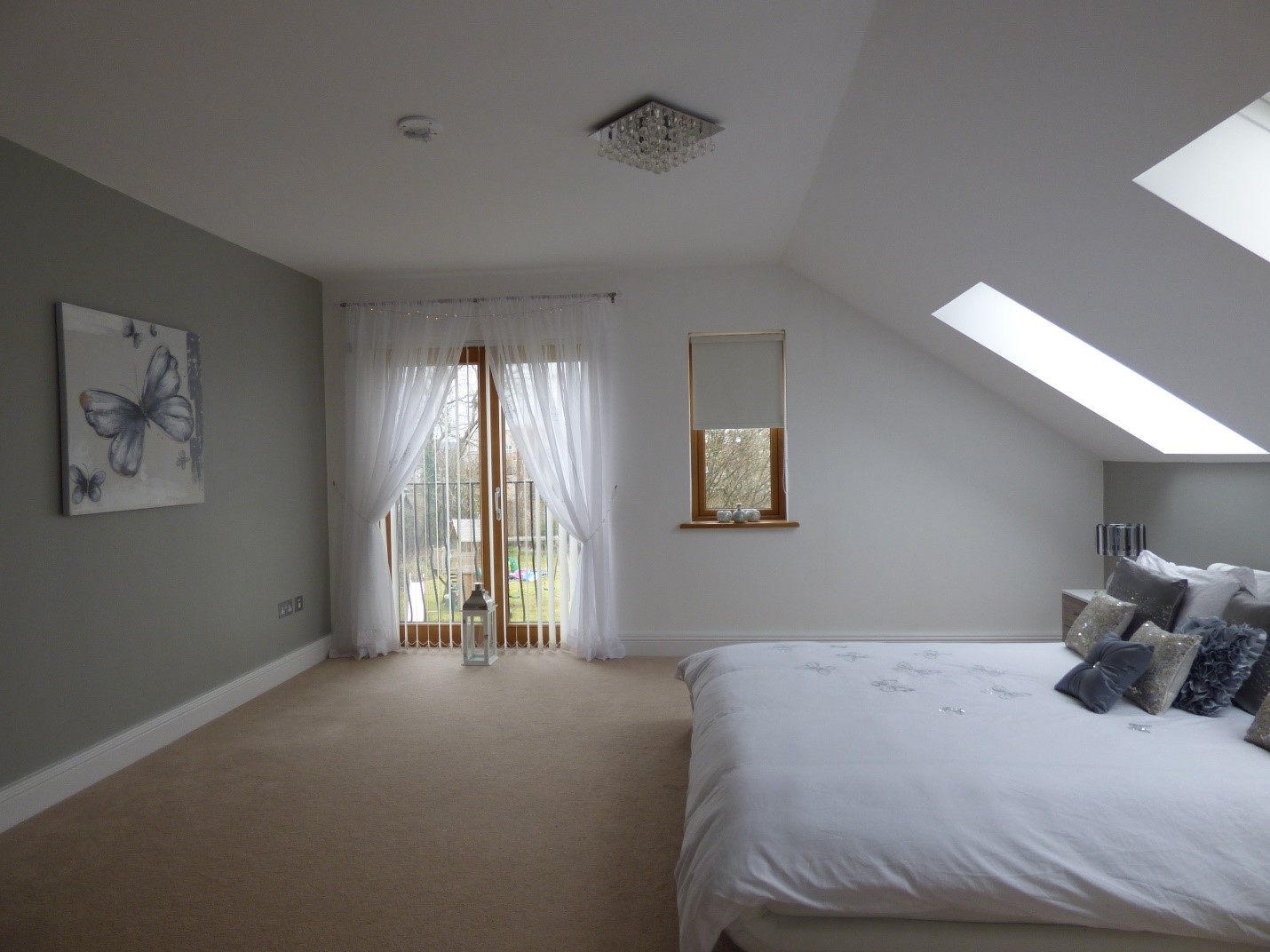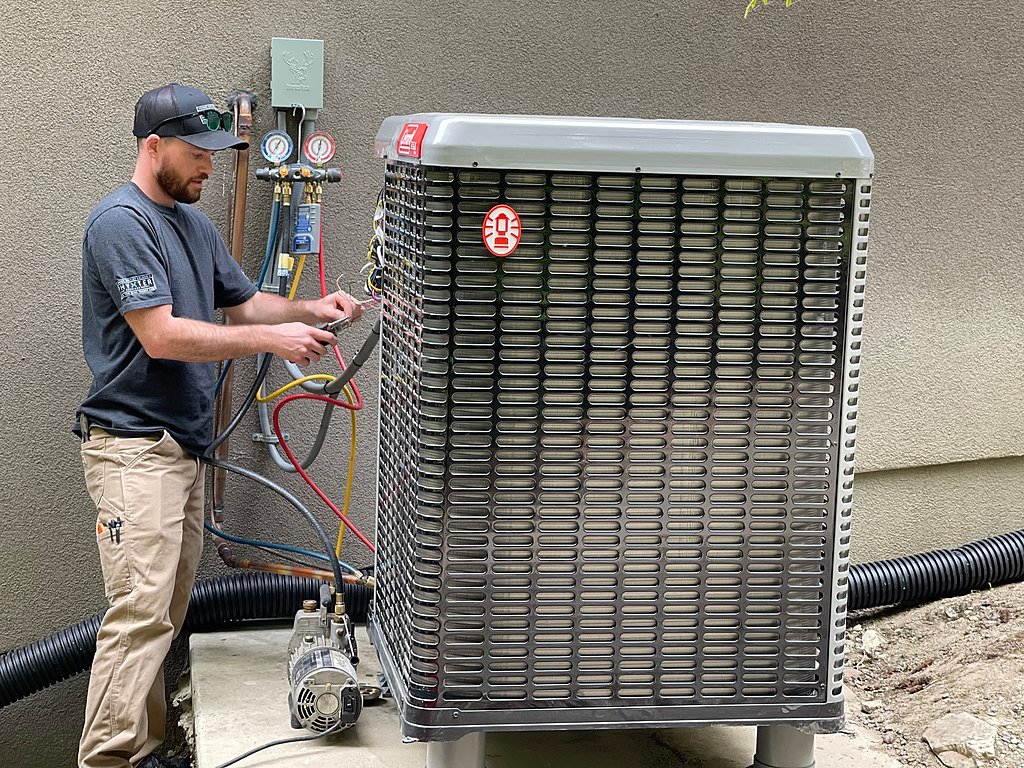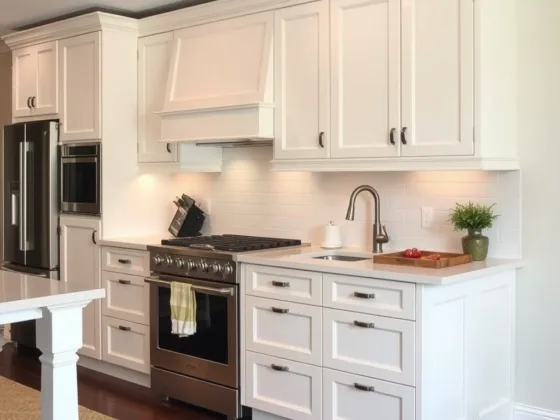Table of Contents Show
With prices going up across the world after the COVID-19 pandemic, the cost of energy is one of the main areas that is concerning both homeowners and renters.

Heating and cooling your home, along with having an electricity supply to power appliances, charge gadgets, and keep lights on is a necessity, but with rising prices, it can be difficult to try and save money by the usual methods such as shopping around for the cheapest supplier.
If you are concerned about the rising cost of energy, especially as we are heading into fall and winter, then the good news is that there are lots of simple changes that you can make at home to use less energy and, as a result, keep more money in your pocket.
With more smart products on the market than ever before, there are lots of ways that a connected home can help reduce your energy bills.
Smart Thermostats
Since heating and cooling your home is one of the biggest costs on your monthly energy bill, it might be worth looking into getting a smart thermostat.
A smart thermostat is connected to your heating system and your Wi-Fi, and you can control it using an app on your smartphone from anywhere. This means that you don’t have to be in your home to control the temperature, and it can lead to many money-saving benefits.
For example, if you’re working throughout the day and don’t like the idea of getting home to a cold house, then your only option previously may have been to switch the heating system on throughout the day to keep the warm temperature.
But with the best smart thermostat, you can control your heating from anywhere, so there’s no need to have it switched on when you don’t need it. Simply switch it on with your smartphone as you’re returning, to have your home warmed up in time for your arrival and use much less energy in the process.
Smart Plugs
Did you know that leaving electronics on standby and having electronics charging for longer than you need them to can use up energy? While it may only be a small amount, it can quickly add up over the year and will have an impact on your energy bills.
One good way to help prevent these additional, unnecessary charges is to use smart plugs. These are simple sockets that you can plug into your wall socket, and then plug your electronic or appliance into. The smart socket itself will connect to your Wi-Fi network, and you will usually be able to switch them on and off using your smartphone.
Using smart plugs for anything in your home that does need to be plugged in, but doesn’t need to be on all the time, can make it easier to manage how much energy you’re using.
You don’t need to crawl behind furniture every day to switch off the TV at the socket, for example, because you can simply use your phone to achieve the same result, making it easier to keep up with.
Smart Lighting
Smart lights were one of the first products devised for a smart home, and they are still a very popular option that is going strong today.
First of all, while smart light bulbs do cost a little more upfront compared to standard lightbulbs, they tend to last for much longer some will even last forever, and are cheaper to run per minute they are on, so you’re saving money straight away from making the switch.
Along with this, smart lightbulbs have lots of features that you just can’t get from an ordinary lightbulb. You can control them using an app on your phone, so even if you have forgotten to switch the lights off and left the house, all you need to do is open the app to turn them all off.
You can also set timers, which is ideal if you are going to be out all day or are going on vacation, and don’t want the house to look empty, but also don’t want to waste energy by having your lights on all day long.
Smart Appliances
Today, smart products are booming as a market, and homeowners and renters can find a wide range of smart appliances for use within their homes.
Not only are these appliances often much more energy efficient than their standard counterparts, but they will also come with the ability to control remotely, which can prevent unnecessary energy spending and make your home easier to manage.
For example, you can set items like ovens or slow cookers to start and finish cooking at a certain time, even if you are not in the home, using your smartphone, helping you save both time and money.
Smart fridges are another popular choice that is not only energy efficient to run but also has cool features like logging what you have in the fridge and creating a list for you when you run out of certain items, allowing you to save even further on your grocery shopping bill by only buying what you need.
Smart Meters
Last but not least, upgrading your home to smart electricity meters might be an ideal choice for you if you are looking to save money on your bill spend.
Smart meters can be set to report your readings automatically back to the energy provider at regular intervals, allowing you to always get an accurate, up-to-date bill rather than a more expensive bill based on estimates.
It also takes the hassle out of reading the meter yourself or having somebody come to your home to read the meters and send the report back to the energy company.
Some smart meters come with a display, which can be handy for figuring out how much energy you are using and where the most energy is being used, providing you with information on which you can base your plans to cut energy use down on. If you are worried about the rising prices of energy, then smart, connected products can be an excellent investment for your home.









